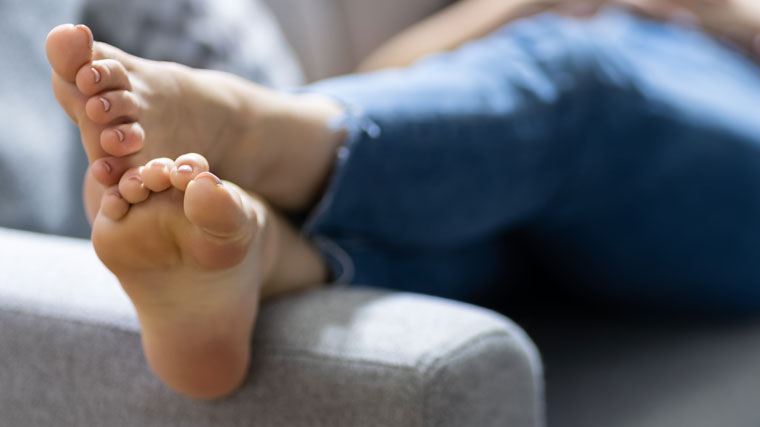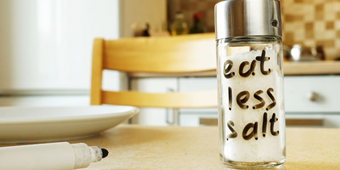Venous Disease Common But Often Left Untreated

If you have developed varicose veins over the years, or if you frequently have pain and swelling in your legs and feet, you might want to be checked to find out if you have venous disease.
Venous disease starts when the valves in the veins that let blood flow only one way become damaged. Because of the valve damage, the veins – especially those in the legs – stay filled with blood instead of correctly pumping blood back to the heart.
For some people, venous disease causes varicose veins that are visible through the skin on the legs. In others, it causes pain or discomfort. Other symptoms of venous disease include:
- Bleeding from damaged veins
- Discolored skin
- Foot swelling
- Hard, thick skin on ankles
- Heavy feeling in the legs
- Itching
- Large varicose veins
- Leg cramps
- Leg swelling
- Lessened pain when sitting with legs up
- Pain when standing
- Redness on ankles
- Skin damage from varicose veins
- Slow healing sores
- Tingling
Dr. Abdelhamed Abdelhamed explains venous disease and its symptoms venous disease.
Click play to watch the video or read video transcript.
Risk Factors Of Venous Disease
More than 30 million Americans suffer from venous disease, but only 10 percent seek treatment for it, according to the Society for Vascular Medicine.
Factors that raise your risk of developing venous disease include:
- Age
- Being female
- Being tall
- Family history of the disease
- History of deep vein thrombosis in the legs
- Obesity
- Pregnancy
- Sitting for long periods of time
- Standing for long periods of time
If you doctor thinks you might have venous disease because of your symptoms, risk factors, and medical history, a duplex ultrasound exam might be done to check blood flow in your veins and to rule out other issues, such as blood clots.
Treatment Of Venous Disease
Depending on the severity of the disease, treatment often starts with disease management. A starting point could include lifestyle changes and self-care steps, such as:
- Caring for wounds, including open sores and infections
- Exercising regularly
- Losing weight, if you are overweight or obese
- Wearing compression stockings to limit swelling
If the venous disease is more severe, your doctor might recommend one of these options:
- Ablation. Heat is used to close off the vein by destroying it, and the vein disappears over time
- Angioplasty and stenting. a narrowed or blocked vein is opened with a tiny medical balloon used to widen the vein
- Bypass. This is a surgery to reroute blood flow around a blocked vein.
- Microphlebectomy. Small cuts are made in the leg near the damaged vein, which is removed through one of these incisions.
- Sclerotherapy. The vein is injected with salt water or a chemical mixture, which makes the vein harden and disappear.
Dr. Abdelhamed Abdelhamed discusses the risks associated with untreated venous disease.
Click play to watch the video or read video transcript.
If venous disease is left untreated, it can worsen, and the symptoms can become more severe.
Health problems that can stem from untreated venous disease, according to the AVF, include:
- Ongoing painful rashes, swelling, and other irritation on the legs
- Severe venous insufficiency, a pooling of blood in the veins that slows blood returning to the heart; can cause deep vein thrombosis or pulmonary embolism, a sudden blockage of a major blood vessel in the lungs, usually by a blood clot that breaks loose from a vessel in a leg. Small clots can damage a lung, while a large clot can be deadly, as it stops blood flow to the lung.
- Skin ulcers
- Sores on the skin
Sources: National Institutes of Health; Society for Vascular Medicine; American Venous Forum; Abdelhamed Abdelhamed, MD, Premier Cardiovascular Institute







